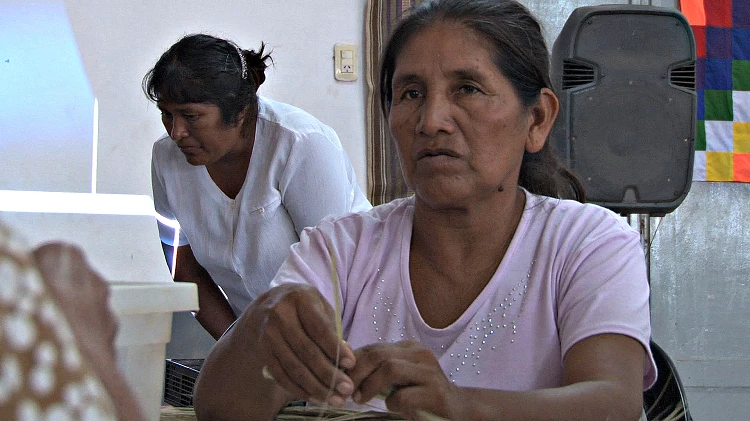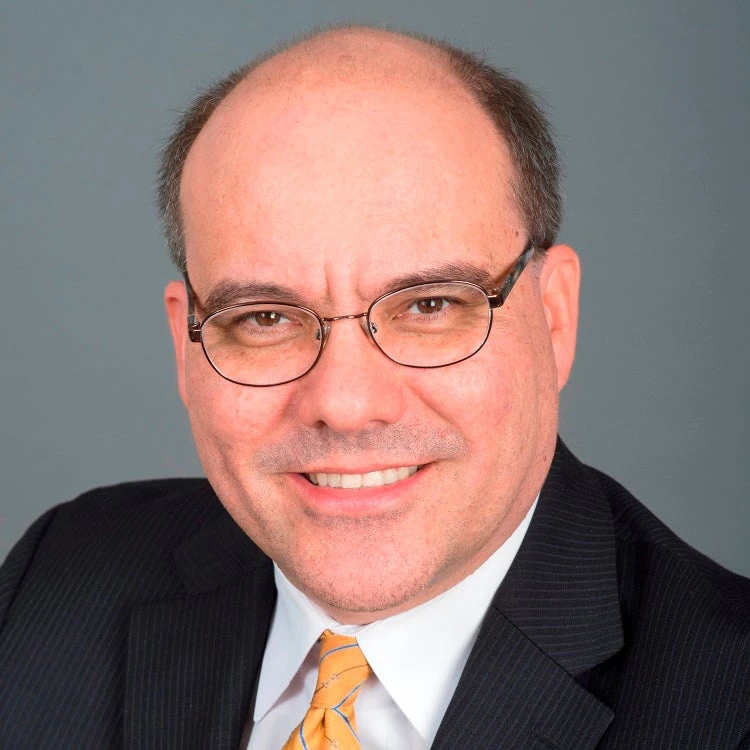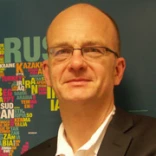
Invited to think of Buenos Aires, most would probably think of elegant cafés, beautiful architecture, passionate football fans, and buzzing streets. Invited to think harder, you might also think of its villas (slums), street children, and other less gleeful views. But no matter how hard you try, very few would associate Buenos Aires with Indigenous Peoples. Yet, Buenos Aires has the largest concentration of indigenous populations in Argentina , which is itself rarely associated with Indigenous Peoples, but has the seventh largest indigenous population in Latin America (close to one million). In effect, over 40 indigenous communities are officially registered in urban areas of the Buenos Aires Province, and as much as one quarter of all Indigenous Peoples in Argentina make a living in or around the Capital of Tango, whether in communities or not.
What do they do? What conditions they are living in? What is happening to their unique cultures and languages? Are they losing connection with their ancestral lands? Is the special legislation protecting their collective rights relevant in the cityscape? In sum, how is the city changing them and, inversely, how are they shaping the urban landscape? These and other questions were at the heart of the dialogue I had with graduate students from across the Latin America region in FLACSO – University of Buenos Aires, last week, on the occasion of the presentation of the report Indigenous Latin America in the Twenty-First Century, in Buenos Aires.
Although we tend to associate Indigenous Peoples with their traditional territories, the report finds that about half the indigenous population in Latin America already lives in urban settings. The reasons why they move vary from country to country—even within countries—and the outcomes are equally diverse. But, in cities, indigenous households tend to improve substantially their access to services, jobs, and education. Access to primary education, for example, is 1.6 times higher there than in rural areas, and 3.6 times higher for secondary education. They also gain access to health care and policies of social protection. It is not difficult to understand why they move, as a combination of pull factors of hope for a better life in cities, but also push factors in some regions of some countries such as the impacts of climate change and natural disasters, or violence.
But the urban environment also brings about new and dramatic challenges. On average, one in three Indigenous Persons living in cities inhabit insecure, unsanitary, and polluted slums (twice as often as non-Indigenous People). Additionally, their traditional knowledge and skills have less value in the urban job market, so they tend to be relegated to low-paying tasks in the informal sector. Culture and language loss, as well as weakened community safety nets, are important threats. Nonetheless, the number of urban indigenous households is only likely to grow in the coming decades, and governments—both local and national—need to understand their needs and potential.
Besides challenging our collective representation of what being indigenous means, the urbanization of indigenous peoples defies the models we have to understand and address their needs and priorities. There are no easy answers to the questions raised last week by students in FLACSO; they also point to areas of further research and action. Our flagship Inclusion Matters report shows that in order to ensure true economic and social inclusion, it is necessary not only to provide opportunities and access to services and markets, but also for societies to give excluded communities—such as Indigenous Peoples in urban areas—a sense of dignity. Driving the inclusion of Indigenous Peoples in urban environments is not only economically smart, as an integral pillar to build more equitable, just, and prosperous cities, but it is also the right thing to do, as the cultural diversity that these individuals and communities can bring will make Latin American cities more inclusive and resilient.
Learn more about the World Bank's work on Indigenous Peoples here.
Subscribe to our "Sustainable Communities" newsletter and follow us on Flipboard.




Join the Conversation